Can Your Choice of Ad Network Be an SEO Ranking Factor?
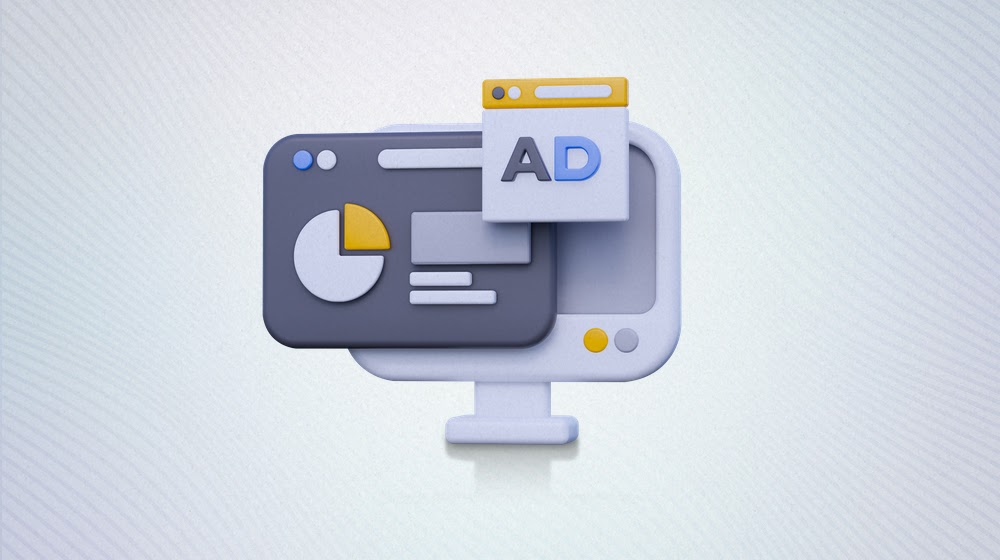
Ads have always been a point of contention with the internet. On the one hand, they're one of the easiest ways to monetize a site. On the other hand, a wide range of intrusive ads, malicious ads, and ad saturation has meant that an arms race between ad companies and ad blockers is raging, and many users – even many who aren't otherwise tech savvy – are using blockers.
Site owners have to make a series of important choices when implementing ads. How many ads do you put on your site, and where? How do you control these ads? Unfortunately, the pressure of needing to monetize a site makes it more tempting to add more ads, and that just kick-starts the cycle of people leaving or using ad blockers, often making your ad performance worse.
Beyond the conceptual level, another question you have to confront is what ad network to use. There are many different options for display ads, from Google to Mediavine to AdThrive to self-managed ads through BuySellAds; the question is, does your choice of ad network affect your SEO?
 30 Second Summary
30 Second Summary
Ads monetize sites yet their overuse can encourage ad blocker usage. Site owners must choose wisely between ad quantity and quality. Selecting an ad network doesn't impact SEO, but usage and placement might affect site speed, resulting in negative ranking factors. Mediavine, while accessible to many, reportedly leads to a traffic loss on overuse. High ad density and lack of original content can affect site ranking. Stick to Google's 30% ad rule, reroute to quality ad networks as your site grows, and focus on exceptional content.
Google's Answer
Google has to tell you this. Why? Because Google is both the search engine and the ad network. If they made your choice of ad network – regardless of other context – part of their algorithm, then they have a huge case of anticompetitive behavior on their hands, and that would be a slam dunk for regulators who would really like to break up Google's various monopolies.
Honestly, I believe them. To Google, it doesn't really matter what name is on the servers that are hosting the ads on a site. Sure, they would prefer it if it was their network, but sooner or later, they're going to get their slice of the pie regardless.
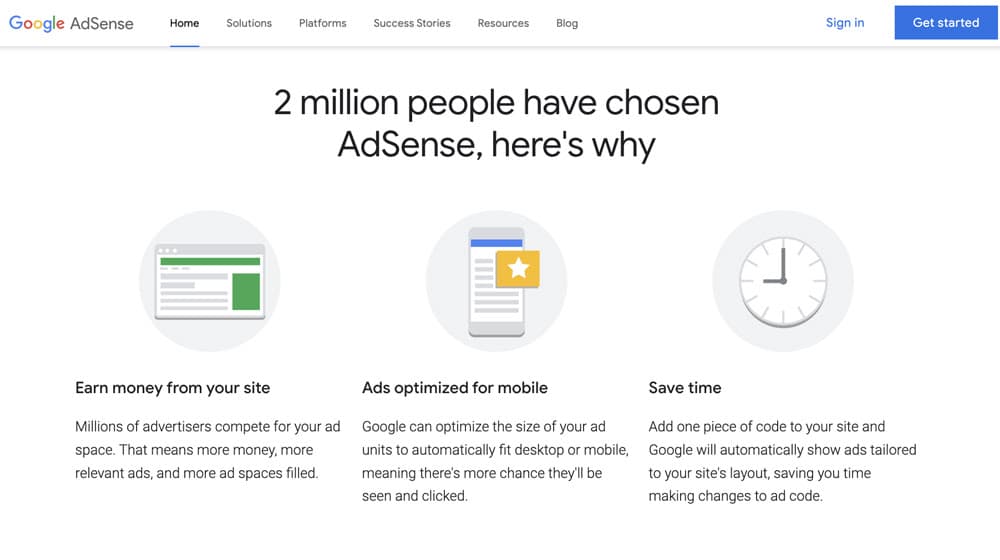
However:
Google has a whole laundry list of search ranking factors that can be impacted by ads. It's well-known that Google is trying to promote a good, fast, responsive user experience, and for sites to make it easy to use and find information that visitors are looking for, whatever that information may be.
So when a site slaps an interstitial pop-up on top of content or slides in an auto playing video that covers half the screen, it's easy to imagine that those are going to harm your SEO.
What I Think
I agree that Google doesn't have something as simple as an "If [Ad Network Name] = [List of Bad Ad networks] Then Downgrade Ranking" clause in their algorithm. Nothing they do is ever that easy.
What I think is going on is that the ads arms race is finally reaching a breaking point. For years now, ad networks and publishers have been cramming ads everywhere they can find to put them.
On a desktop PC, it's easier to ignore because ad blockers are common, screen real estate is large, and there are easy ways to close them. Even still, it can be pretty ridiculous to scroll through a social media feed and find every third post is an ad while other ads are in the sidebar blinking at you. Though, that's social media and not entirely comparable to a blog.

So why do people think that certain ad networks have a bad rap and end up penalizing the sites that use them?
Well, some ad networks focus on quality over quantity, and some focus on quantity over quality. It's those latter networks that cause problems.
Ad density is getting out of control.
One of the biggest issues with ads on the modern web is that the number of people who even see them is getting smaller and smaller, let alone the people who click through them. That means they pay less and less. That means that to make money from those ads, you need to run more and more of them.
Some ad networks, when you run their ad code on your site, inject blocks with ten, fifteen, even twenty ads. There are websites where every few hundred words you see a bank of half a dozen ads made to look like related posts, though not very well.
This is even worse on mobile, which is more of a captive audience, with smaller screen real estate that is easier to overrun, harder to close ads with taps (and more likely to accidentally tap them in the process), and is already slower to load because of the nature of mobile connections.
Google actually does have rules about this. It's their 30% rule, found here.
Ads aren't properly handled with lazy loading.
It's relatively rare these days that an ad network is configured to block the rendering of a page until its own content loads. But ads can still load slowly, or when they pop up to load over content, they take ages – and the X to close them is part of the content, so it also doesn't load right away.
I've seen basically every possible bad configuration out there in the wild, so while I don't have a comprehensive survey to know how often all of them happen, I know they do.
This, of course, goes right back into one of my favorite metrics: site speed. Website loading times, especially on mobile, are a huge search ranking factor these days. I take pride in the work I've done to speed up my site and those of my clients (when they let me), and I have plenty of advice on helping you do it, too.
We create blog content that converts - not just for ourselves, but for our clients, too.
We pick blog topics like hedge funds pick stocks. Then, we create articles that are 10x better to earn the top spot.
Content marketing has two ingredients - content and marketing. We've earned our black belts in both.
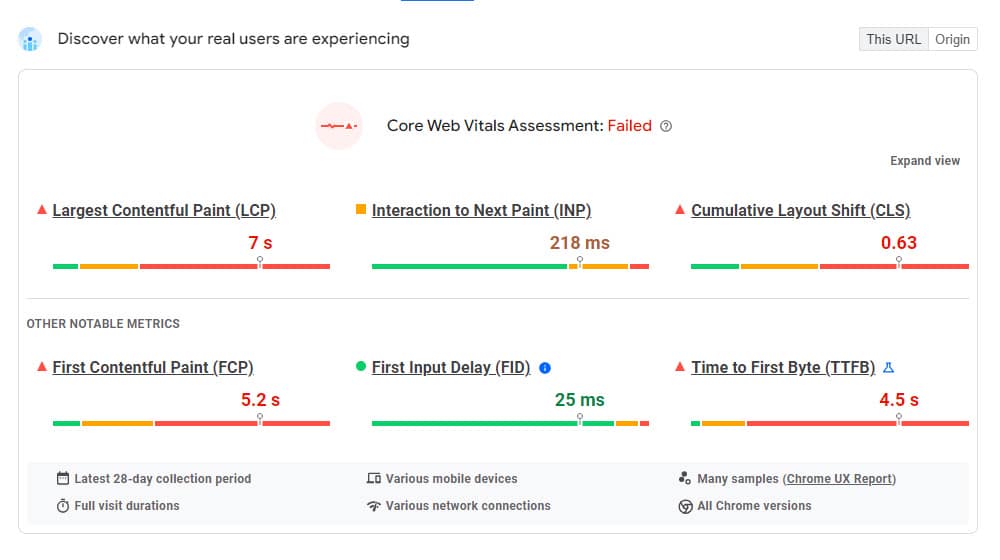
All of the related core web vitals, including things like render-blocking elements, come into play as well. Ad networks like Google and a lot of the text-heavy ads aren't going to load slowly and aren't as much of a problem. On the other hand, the pop-ups, the video ads, and the media-heavy and interactive ads all slow down a site and cause CWV issues.
A New Generation of Thin Content Sites
Another issue that has been cropping up recently – and that the most recent Helpful Content Update Google published has worked to address – is that there are a lot of sites springing up that are nothing more than a thin content page with content mostly scraped and spun from other more useful pages, and layered with a ton of ads.
This has always been a problem, but in many cases, it was relatively easy for Google to detect. Article spinning is pretty easy to reverse-engineer, Google's index is large enough that they can detect patterns with ease, and of course there were always giveaways like a complete lack of authorship information, no unique thought or content, and universally later publication dates than the content they're ripping off.

The change is that generative AI can now smooth out a lot of those road bumps. For a while there, it seemed like nearly every Google search was covered in AI-generated thin content pages.
A lot of those sites have disappeared since the latest algorithm update – and good riddance to them – but it's going to be a problem that keeps coming back as long as we have an ad-based economy online.
How Ad Network Ties Into the Problem
Is this an ad network problem? Well, maybe. Malte Landwehr, a frequent face on Reddit's various SEO subreddits, did a case study on one of the most common ad networks on these sites, Mediavine.
What he found is pretty stark. After the Helpful Content Update:
- Niche websites using Mediavine lost 66% of their traffic on average.
- 14% lost all of their traffic.
A few sites gained traffic – 11% of the ones on his list – which ties in with his (and my) interpretation of the scenario.
So what was happening?
Well, many of the sites using Mediavine as their ad network were doing the things I called out above. They had numerous ads visible at all times, well over the stated 30% density guideline, often with as many as five ad units on screen at a time. They had auto playing videos, sticky ads, interstitials, and more all layered on top of each other.
All of this ties back into what I've been saying, what Google has been saying, and what many webmasters have been saying for years now. It's not about the source of the ads, the ad placement, or even the content of the ads. It's about how you use them. When you're peppering your site with ads like there's no tomorrow, well, there won't be a tomorrow.
In Malte's study, he also identified that 22 sites (out of his initial pool of about 1,000) gained 100% traffic after the update, another 21 gained 200%, four gained 10x, and one gained 30x. I can bet that the top one was a helpful site indeed and probably only has a couple of tasteful ad units integrated into their site design.
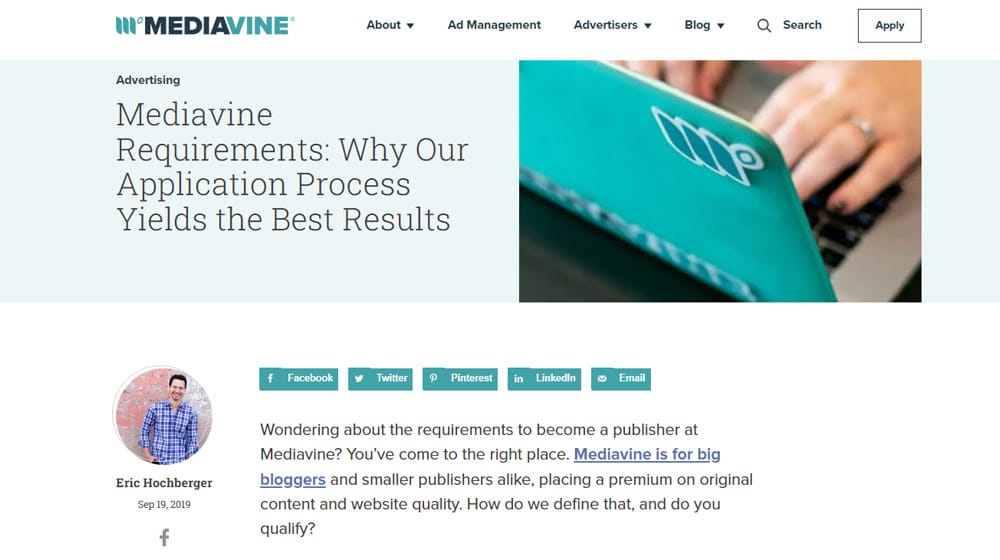
Why Mediavine? I think it comes down to two things.
- First, Mediavine has relatively low standards for accepting publishers into its network. Some ad networks require you to have half a million hits a month; Mediavine only requires 50,000. That's not to say they actually have low standards, of course, but they aren't the most selective of platforms.
- Second, it's kind of a trend thing. A few spam bloggers make good use of Mediavine, they post about it on the black hat forums and groups, a bunch of others use it to the same success, and now Mediavine has become the go-to network for SEO spam. It could happen to any ad network – and probably does, honestly – but it just so happened to be Mediavine this time around.
One interesting note here is that Mediavine actually joined the Coalition for Better Ads, and they claim to mechanically enforce the 30% guideline. Clearly, that's not actually the case – or rather, it's easily circumvented, as the evidence in Malte's study suggests. It's hard to tell where the fault lies with this one.
To be clear, I'm only using Mediavine as an example here because they've been called out a lot and had that nice study done. I strongly suspect other ad networks experienced similar hits. Again, it's not necessarily the source of the ads but how you use it. It's just more likely to be easier to get into ad networks for a thin spam site, and the sites using the higher-tier ad networks have put more work into their sites and aren't going to use techniques that jeopardize them.
By now, if you've been impacted by the helpful content updates, you know it. But past performance is no indicator of future success (or failure), so it's important to know how to handle things in the future.
I have three tips.
- Carefully police your ad usage. If you're seeing density creep up, or if your user experience is suffering, dial back on it.
- As your site grows, consider "upgrading" ad networks. Some of the higher-tier, more exclusive networks will be more lucrative for you and will reduce the temptation to squeeze one more ad unit in and reach a tipping point.
- Focus on creating helpful content. At the end of the day, Google wants to see good, high-quality sites in the search results, and to do that, they're going to use whatever leverage they have to penalize the worst sites. If you aren't constantly striving to improve, sooner or later, you'll end up below that cutline.
Fortunately, the bar is still rather low. Many of the sites hit by these algorithmic updates are putting 15 or 20 ads on a page with 1,200 words of content on it, and that's a pretty insane level of ad density. It's not terribly difficult to beat out sites like that.

If you need help on number three, why not give me a call? I've been running successful content marketing for dozens of clients for years now, and I've weathered all of the major algorithmic updates without much trouble. It's tricky, but that's why you need an expert in your corner, right?



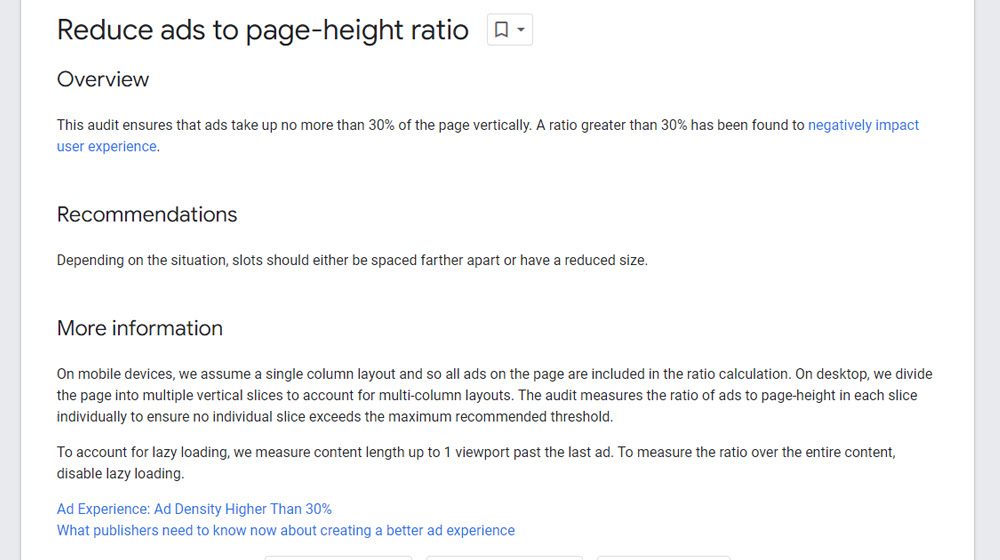



Comments